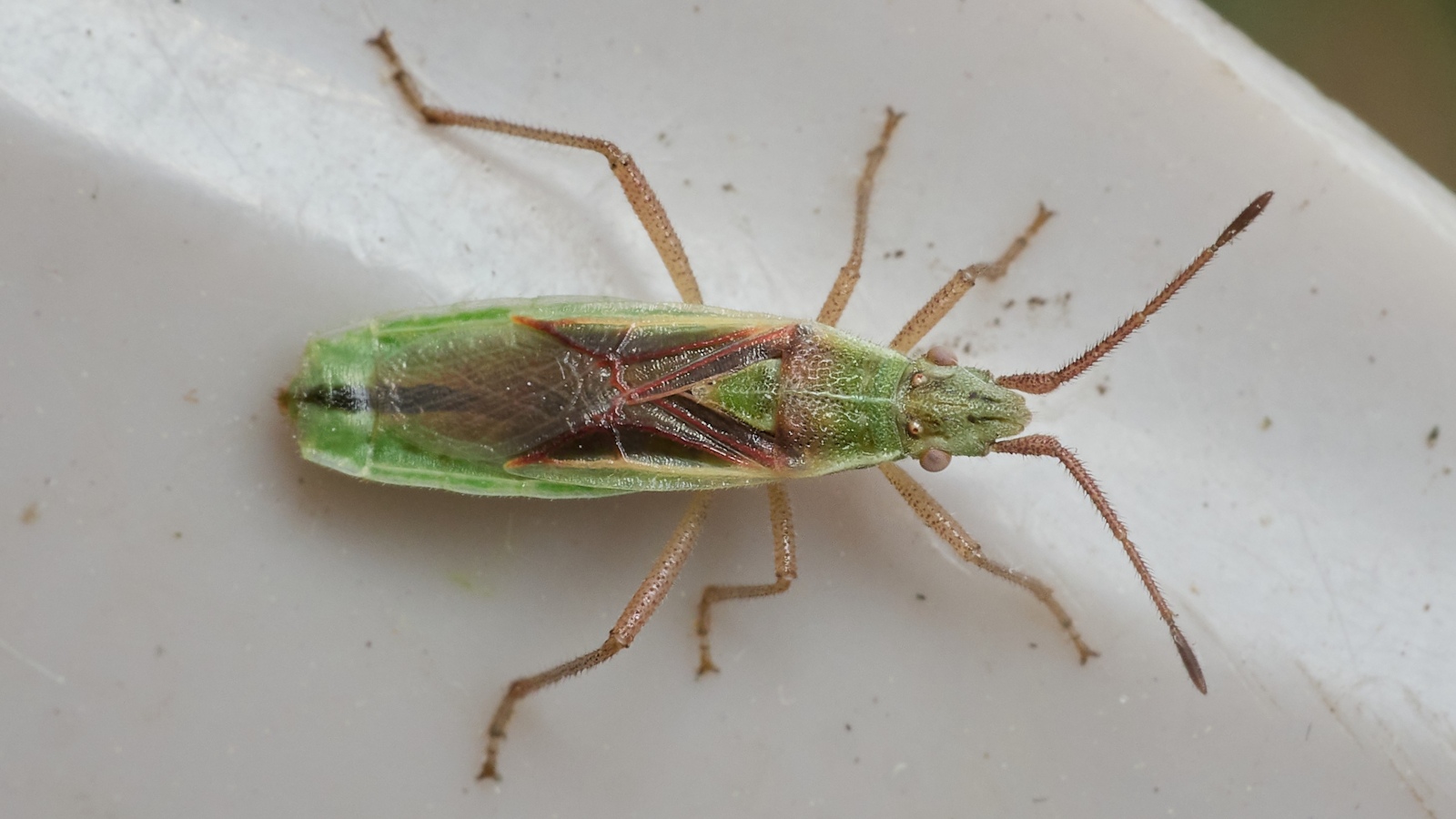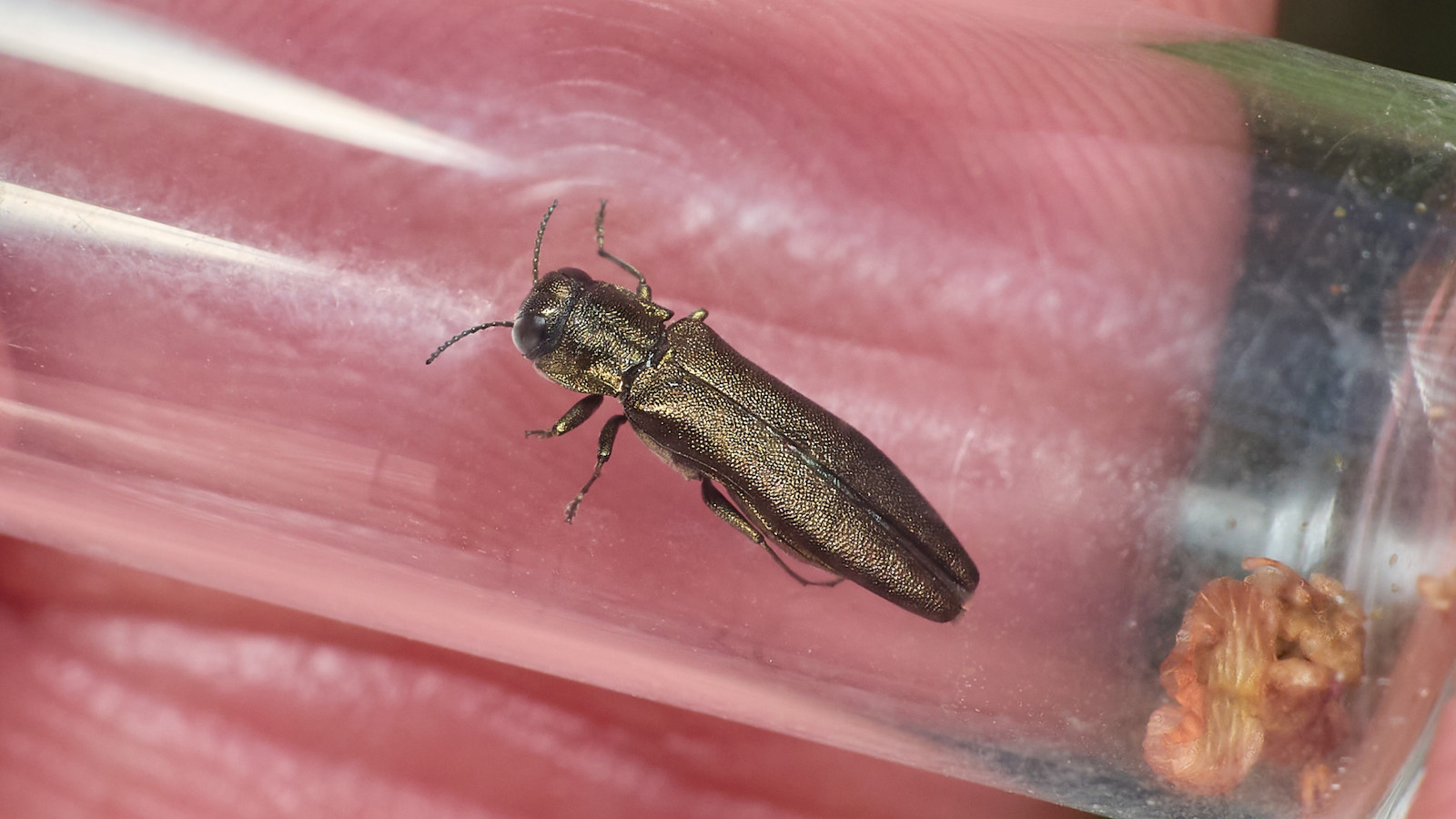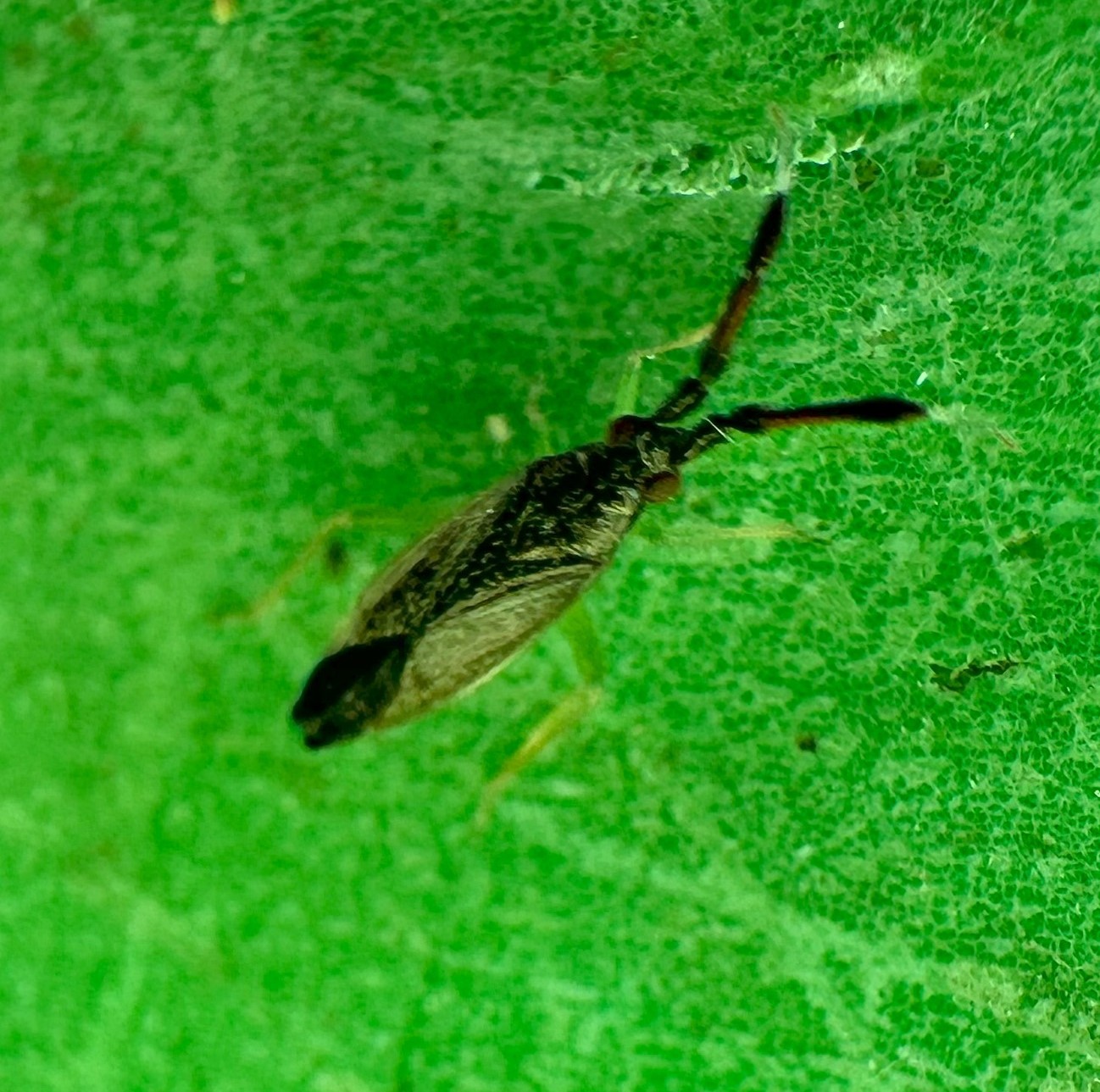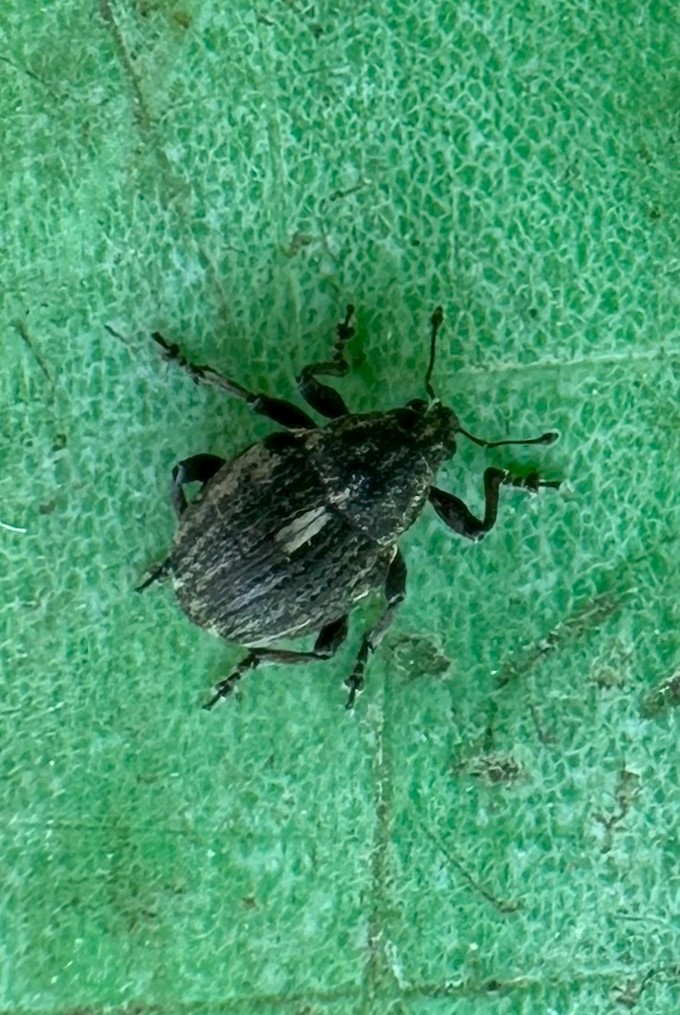Wednesday 25th June 2025, Clun Castle
The group last visited the castle grounds in March 2022 so the time was ripe for a further exploration of what makes its home there.
The main attraction is, of course, the castle.
However, the grounds, a mixture of grassland, scrub and trees, bordered on one side by the River Clun, provide a home for a variety of animals and plants.
Almost as soon as we entered the grounds we were greeted by a Marbled White.
What a delightful insect.
We were informed that at least 45 were on the wing within the grounds, by someone who had counted them! They will feature again in this report.
There was a bench close to the entrance which became our base for the morning.
Next to the bench was an information board where the vegetation had been worn away leaving a small patch of bare earth. This proved to be of great interest to our hymenopterists as they spotted a wasp carrying a mirid bug to its nest.
This is a wasp Lindenius albilabris. I am not sure what species its prey is.
We fanned out from the bench, returning periodically to report what we had found. Here are a few of the species that we identified and photographed in the morning.
A blotchy 24-spot Ladybird.
Maintaining the black and white theme started by the Marbled White, a weevil, Hadroplontus litura.
Not black and white, but mainly green, a rhopalid bug, Myrmus miriformis. This one is a female.
And a Six-spot Burnet.
Another moth that was found around this time was a micro-moth, Depressaria daucella. Not the adult, but one of its larval stages.
Time for lunch, which was taken by the bench.
Surprised by how far we had moved during the morning?
Of course not.
We lunched to the sound of a group of primary school children at first being told what they could not do, then let off the leash for a while, before being split into four groups to explore the grounds.
Our lunch over we abandoned the bench and moved down towards the river.
At one point as one of our members was suction sampling a patch of grassland one of the groups of children passed by.
“Why is that man hoovering the grass?” was the not unreasonable question.
He explained what he was doing, then treated the children to the contents of the sampler so they could see what had been found.
Whilst he was doing this valuable public relations work the rest of us got on with combing (not literally) the grounds for species of interest.
And the afternoon got off to an excellent start when we were able to record the plant Allium scorodoprasum, Sand Leek, in the wild for the first time within the county.
This was followed by the sighting of rare plant within the county, Torilis nodosa, Knotted Hedge-parsley.
According to the Flora and Vegetation of Shropshire it was known to occur at Clun Castle.
Good news! It is still present at the site.
Before we dropped down to the areas by the river we noticed a larva in the vegetation.
This is the larva of a Common blue butterfly.
Eventually we reached the riverside where we were still accompanied by Marbled Whites.
We looked at, swept, beat and suction sampled the vegetation. Here are some examples of what we found.
A male Myrmus miriformis.
A beetle, Pyrrhalta viburni.
A large mayfly, Ephemera danica, known as a Green Drake.
Finally, a rust which is a species of Gymnosporangium.
That brought the outing to a close but before we go here is another picture of a Marbled White.
Leaving the site, we wandered over to the café by the bridge over the River Clun.
It was closed!
Undeterred we sought out a shop in the village and enjoyed consuming a selection of their supply of ice creams.
Then we went home.
My thanks to English Heritage for granting us permission to enjoy ourselves and to the photographers for providing their excellent images for this report.














































.JPG)





.jpg)
.jpg)







































